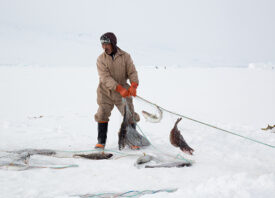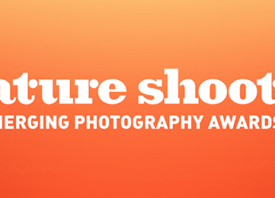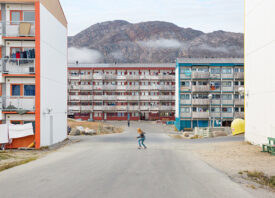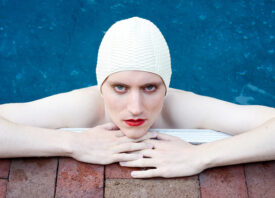Search this site
The Secrets of Life in Remote Greenlandic Towns

“I feel good in Greenland,” the photographer Camille Michel tells me. In many ways, her series Uummannaq, one of the winners of the 2016 Feature Shoot Emerging Photography Awards, marked the beginning of that love story. After documenting life in that remote town in the country’s central-western region, she spent months on an expedition boat, exploring the West Coast of the island.
Seasons changed, and years passed, but she continued to make her way back to Greenland. For another project, she traveled to the arctic village of Siorapaluk, living in a blue house among the hunter-gatherers who’ve lived there for generations. Now, she plans to return to the North of Greenland to tell the story of a young fisherman. “I think, one day, I will live there,” she admits. Five years after she won the Emerging Photography Awards, we got a chance to catch up with her.

You won the Emerging Photography Awards for your project documenting the Inuit hunters and fishermen of Uummannaq, Greenland. What first drew you to this place, and what motivated you to tell this story?
“I went to the Arctic for the first time in 2013; it was in Finnish Lapland. I first wanted to work on the landscape, but I had an encounter that upset my work. I got to know the Sami people: an autochthonous people who originally lived mainly from reindeer herding and fishing. Since then, I have been interested in traditional communities. I try to tell about their life in the present day. I then decided to go to Greenland and, in particular, to Uummannaq, which caught my eye with its heart-shaped mountain and beautiful landscapes.
“I went to Uummannaq for the first time in 2014. I made three trips there and lived there for several months. I lived the daily life of fishermen and hunters. I tried to document their daily life and also the adaptation and evolution of these people to the modern world. I tried to show current life without stereotypes, without ‘igloos’ and without ‘eskimos.'”

What was your experience like after winning the awards?
“The Feature Shoot award brought me a lot of visibility. I then won several prizes, two of which were important: The prize of La Fondation François Schneider, which works mainly on the subject of water, and the Iris-Terre Sauvage prize, sponsored by the famous wildlife photographer Vincent Munier. These prices allowed me to continue my work in Greenland. I have also had publications in magazines like The Big Issue Taïwan, Der Spiegel, Cityzine magazine, Terre Sauvage, Wired, [and] Die Zeit. I have been exhibited all over the world: the United States, Italy, China, France…”

How have you grown as a photographer since winning the awards?
“I had not finished school when I made this series, which was my first big project. Everything happened very quickly, and I have grown a lot since then. I learned about the world of photography, about making exhibitions, editions, etc. After the Feature Shoot award, I went back to Greenland several times, and I learned more about Greenland, so I think that I also grew through my experience on the ground.”

All images © Camille Michel



